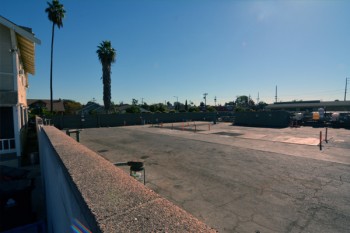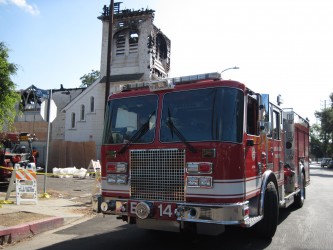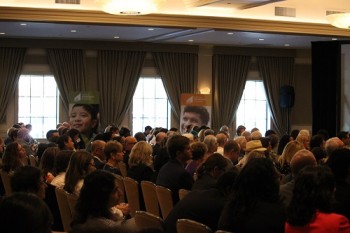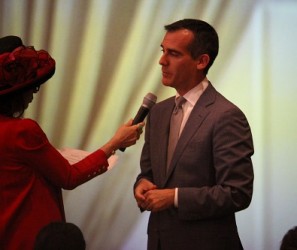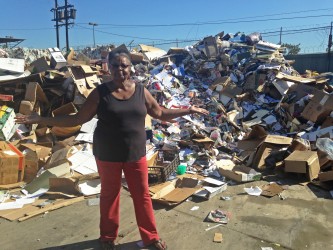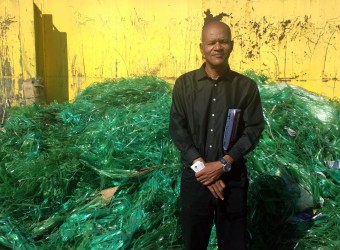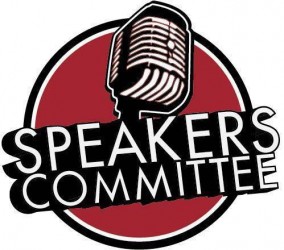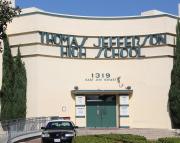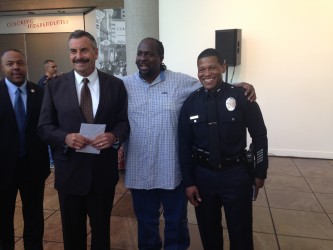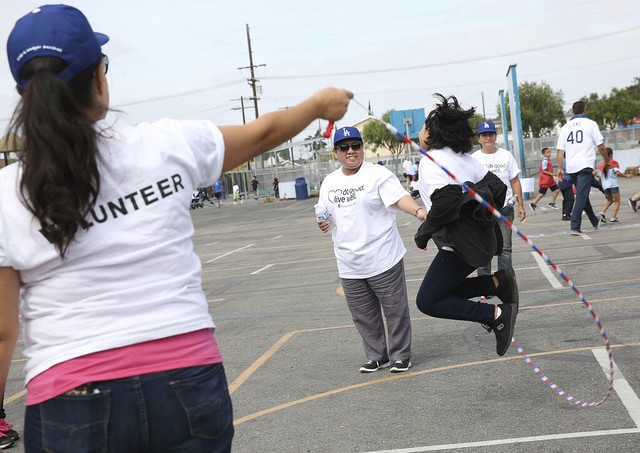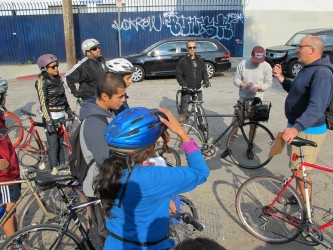L.A. officials set oil drilling terms but fail to enforce them: Despite the existence of over 1,000 oil wells in Los Angeles, many have been improperly regulated by officials who have failed to ensure that residents are protected. South L.A. sites, including the AllenCo near USC, have exposed Angelenos to harsh odors and highly toxic chemicals. (LA Times)
LA to see break from hot weather by the weekend (and maybe rain): After months of heat, the National Weather Service says LA will begin to cool down over the next week. There is a chance of showers and thunderstorms, a welcome break for residents hoping to beat the heat. (KPCC)









